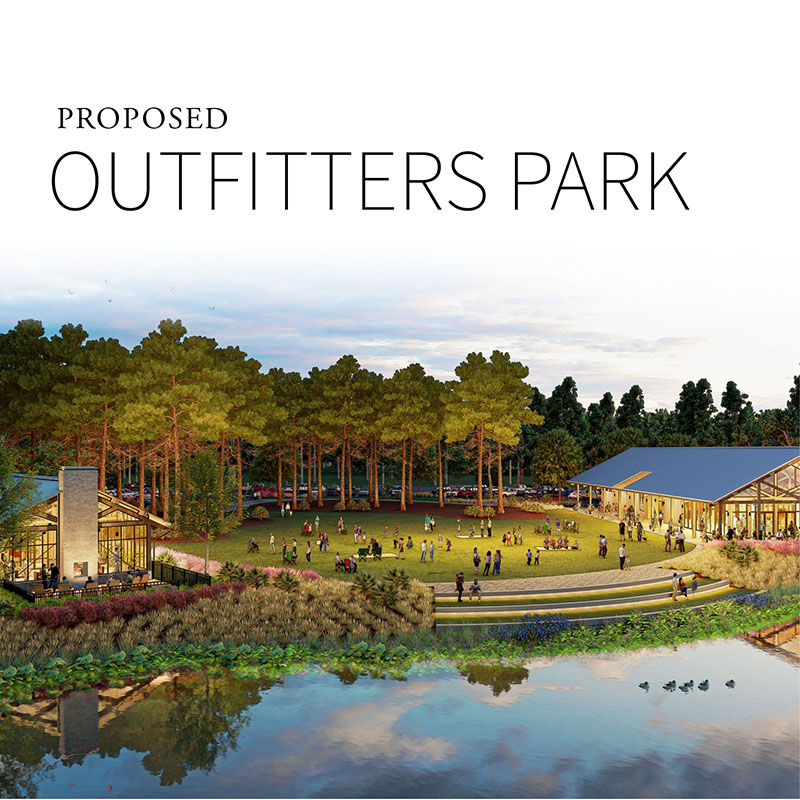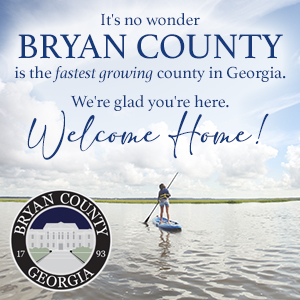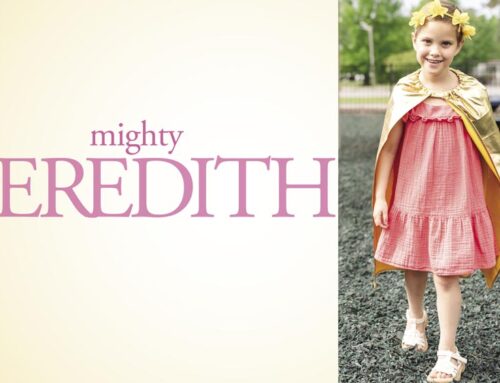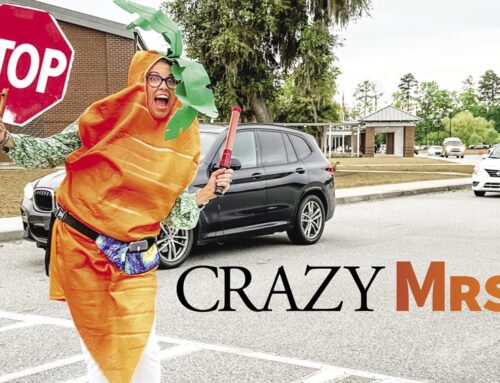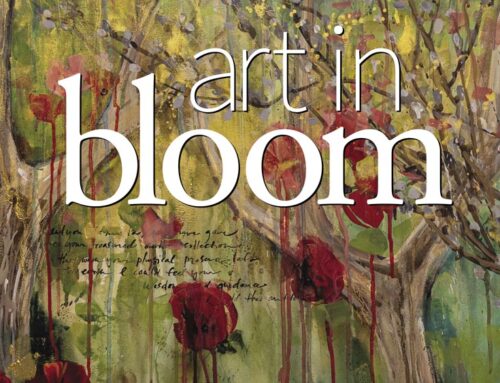
Cultivating Opportunity
Where Heartwood Gets Its Roots
WORDS BY KATE BUSH, PHOTOS BY REFLECTIONS MAGAZINE
HOLIDAY 2021
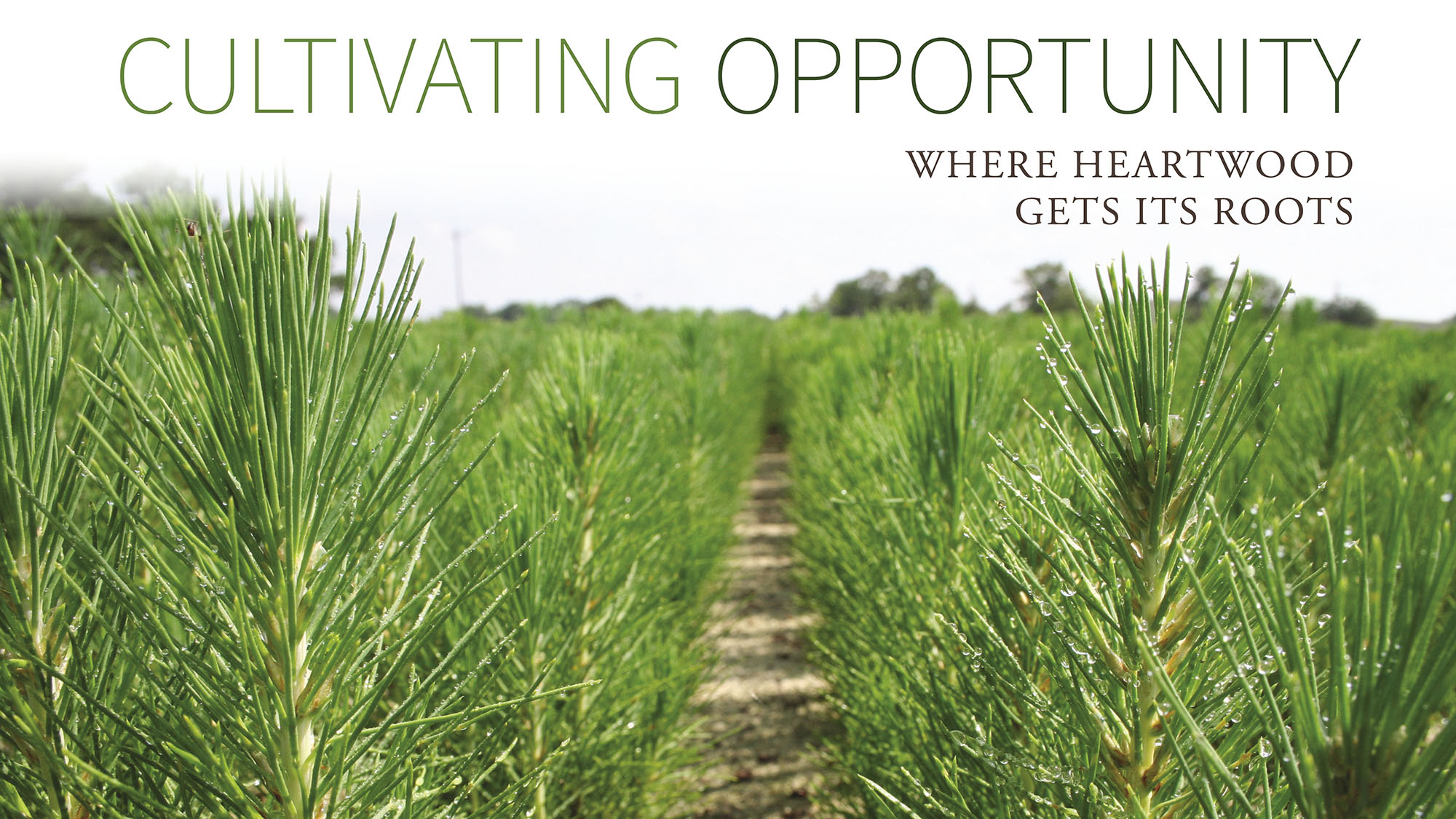
These companions, each with their own diverse needs and abilities, support each other for the collective growth of the community, and a thriving garden blooms. Just off I-95 Exit 82, the seeds of a new kind of crop have been planted; a diverse community is beginning to sprout, a companion for the City of Richmond Hill, and it will be called Heartwood.
Richmond Hill residents welcomed the Belfast Keller I-95 interchange in 2021 with the anticipation of a true mixed-use walkable community—a place to live, work, shop and recreate. Well, the plans have been laid, and the ground broken for what will soon be Heartwood at Richmond Hill.
Heading the project is Bill Cunningham, Vice President of Real Estate for Raydient Places + Properties, the taxable Real Estate subsidiary of Rayonier, a leading timberland real estate investment trust. Raydient thrives on purposeful development and placemaking!
While plans for this multi-use community have been in the works for years, the foundation for Heartwood has been growing for decades. In the 1980s, Rayonier purchased over 30,000 acres along the coastal corridor to grow, harvest and replant loblolly and slash pine. As they make way for new growth, Raydient maintains the same sustainable practices as their parent company in regards to growing and cultivating trees, though in this case they will be cultivating a lifestyle.
“We replant nearly every acre of planted land we harvest,” says Blake McMichael, Resource Land Manager at Rayonier. Blake has his boots on the ground to make that mission a reality.
“If you see someone logging on our pine plantations, you can be pretty confident that within 2 years, all those trees will be replanted.”
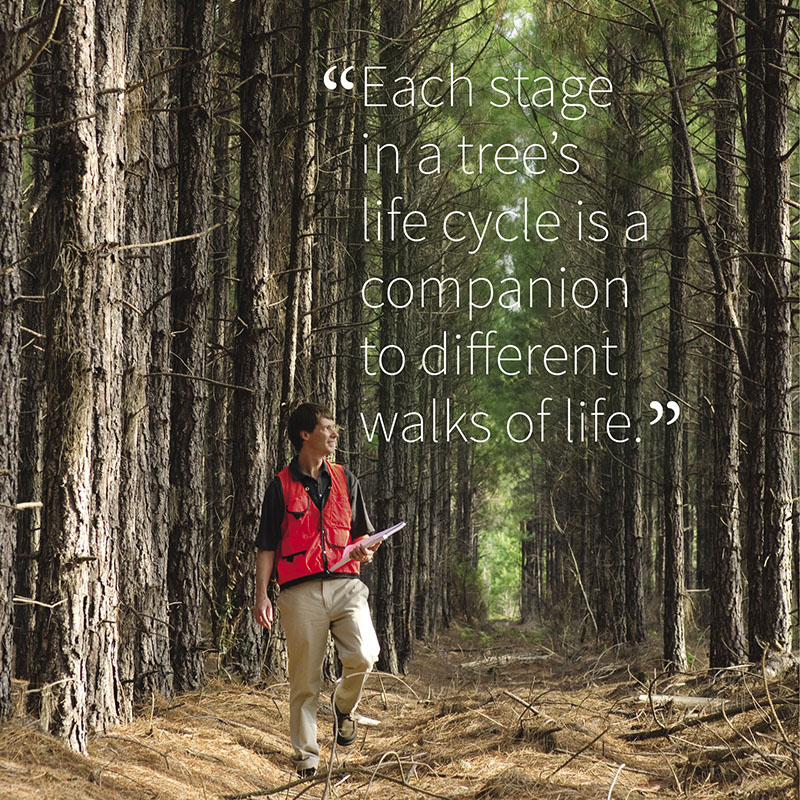
Every year, Rayonier plants more than 30 million trees across the U.S. South, the U.S. Pacific Northwest and New Zealand. Even as we speak, they’re building what McMichael refers to as the future of the industry. That’s because here in the U.S. South it takes about 20-25 years to harvest one single tree.
Some of the most innovative practices in silviculture—the art and science of managing trees—are happening in Rayonier’s very own seedling nursery, where trees are grown specifically for improved timber quality. Rayonier’s genetics and growing practices ensure that they manage some of the most productive timberland in the Southeast. Rayonier’s forest research team helps ensure that these seedlings have faster growing rates, are more disease resistant, and produce higher quality timber at harvest than each previous generation of trees being harvested.
“You won’t come on our property and see a whole class of 10 year old trees,” says McMichael.
“You’ll see trees that are 0-5 years, 5-10 years, 10-15 years, and so on. That means within just one landscape, you get all different types of habitats that host different types of animals and forest life.”
According to McMichael, each stage in a tree’s life cycle is a companion to different walks of life. Just as the low foliage provides food and shelter for squirrels and racoons or the dense canopy of adult trees intercepts rain flow to keep our water clean these trees will provide the foundational roots for the Heartwood community.
Rest assured, Bill Cunningham’s plans for Heartwood include an extensive walking trail system under the same canopy of trees Rayonier has managed for decades. Perhaps the largest draw of this budding community is the opportunity to walk with your child to school or to an event at The Outfitters via a wooded trail.
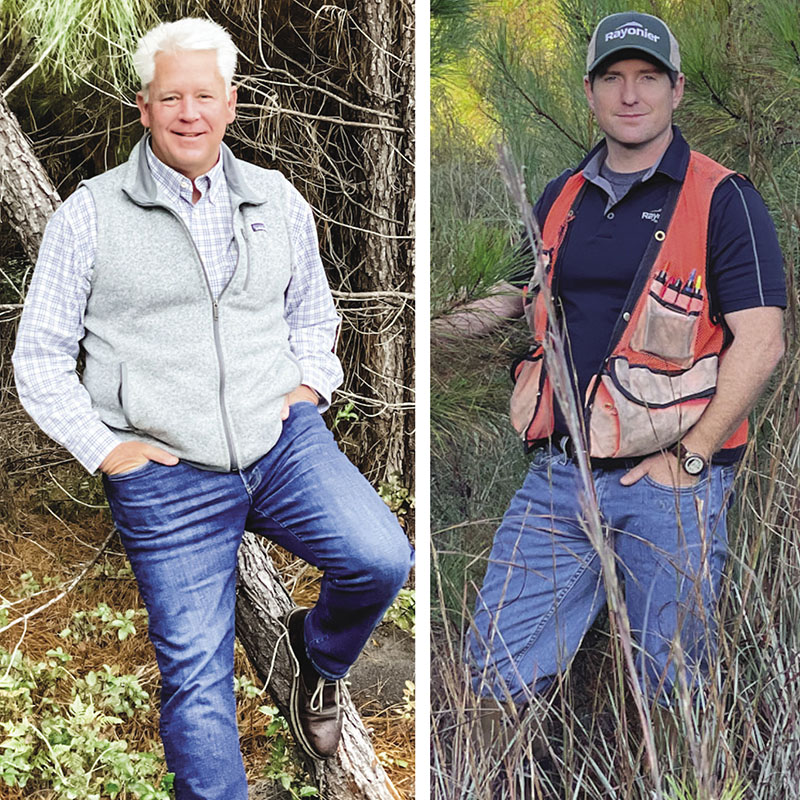
“Some of those trails are the same logging trails we’ve used to harvest over the past 30 years,” says McMichael. “If people were out hiking on a trail, they might see turkeys, deer, squirrels—anything you can picture in the forests of Southeast Georgia.”
As these trails develop, McMichael hopes residents will get to know their environment just as they would their next door neighbor. “I encourage people to go beyond looking at (the forest) as a bunch of trees, bushes, or scrub and getting to know their environment better. This particular property is so valuable and diverse that it makes the perfect backdrop for a community like this.”
Just as McMichael has created an ecosystem that supports all walks of life, Cunningham plans to create a community that does the same. The goal is that Heartwood becomes a place to grow a family, a business, a dream.
“What we’re doing is being more of a facilitator than a prescriber,” Cunningham says. “We’re trying to create a platform for community. Great schools with a parks and trail system connecting the community makes for a great foundation to help facilitate getting to know your neighbors. We are planting the seeds now that will allow future residents to grow and sustain their own thriving families, friends, memories, community.”
Residents of Heartwood can look forward to places to gather and play sprinkled throughout acres of walking and biking trails like green space, lakes for kayaking, and a large pavilion for community events. The best part? Because Raydient already owns the land, they have all the time in the world to make Heartwood a reflection of what it’s envisioned it to be.
“Nature drives the force of how those trees grow, and people are going to drive the force of how this community grows,” says Cunningham. “As Heartwood comes to fruition, and especially if we do it right, the people who live here will be our top salespeople. We donated over 300 acres to allow the creation of a K-12 school campus and integrated it into the entire community masterplan. This is an example of planting a seed that will yield opportunity for decades ahead.”
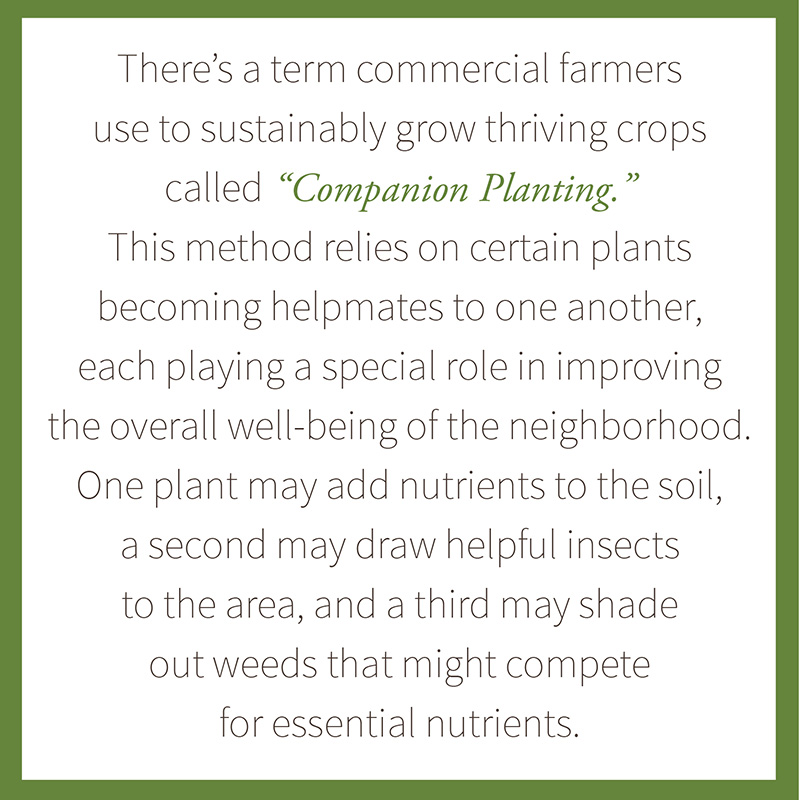
“The things that matter most to community living are the foundational cornerstones we are focused on,” Cunningham continues. “These cornerstones include great schools, healthcare, and places for people to gather and play. Our mission is lifelong learning and working with industry experts to create a healthy community, and you can only do that when the residents
get involved.”
The plan is to leave the green curtains: the beautiful and diverse backdrop that makes this region so special. Richmond Hill has been on the path of growth for quite some time, and it’s only right that the trees that gave it roots get to see it flourish.
“All we are really doing is building upon the higher quality of life that is already here in Richmond Hill,” says Cunningham. “The foundation has already been established with Bryan County Schools and the work both the County and City have done to create an environment where people want to raise their families. We are working to create a place to be a companion of that foundation. I live here with my family and I want to see it grow in a way that maintains the small town charm and local color. It’s nice to have a part in that because at the end of the day, Richmond Hill is the American Dream. To have a safe place to live, a good community, knowing your neighbors and knowing that you have places to recreate. That’s it for me.”
For over 30 years, that stretch of loblolly and slash pine has been Rayonier’s companion; providing jobs, material for pulp and paper, and sanctuary to coastal plants and animals. Now, it’s the foundation for a new kind of habitat… ours.
With any luck, and with excellent planning, we can become each other’s helpmates, plant dreams that grow as tall as adult pines, and create a community garden bursting with opportunity. And in the end, after you’ve created memories to last a lifetime, you can look up at the trees and know they were there to see it all.
